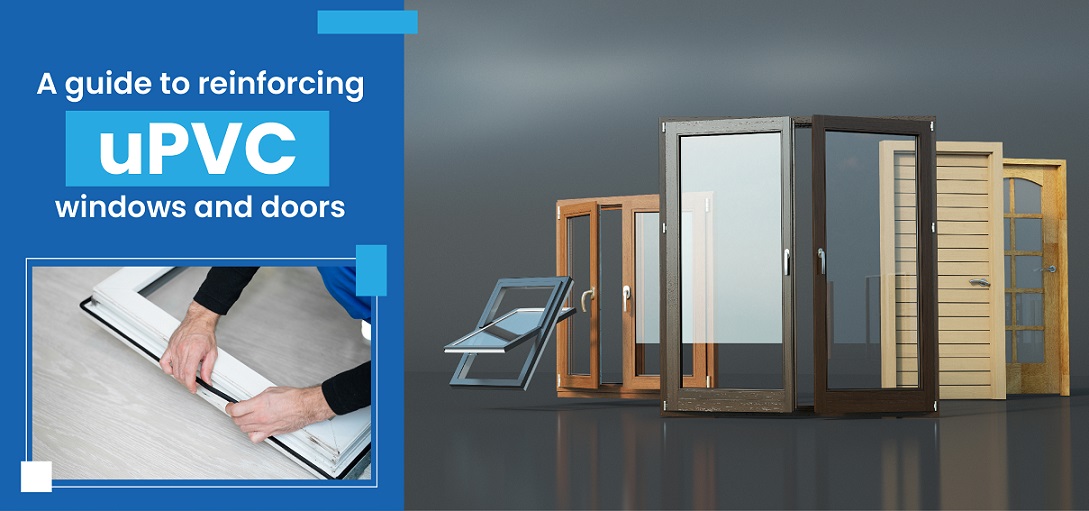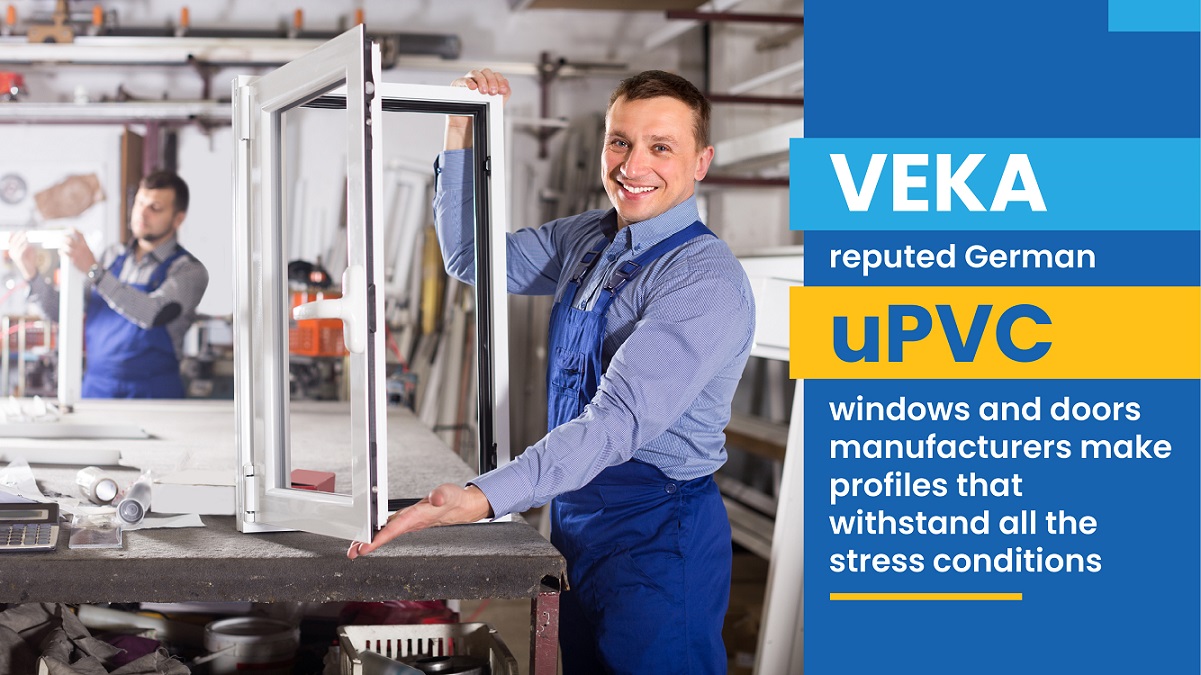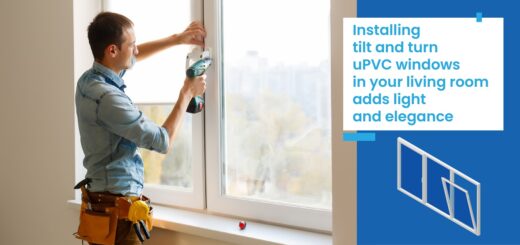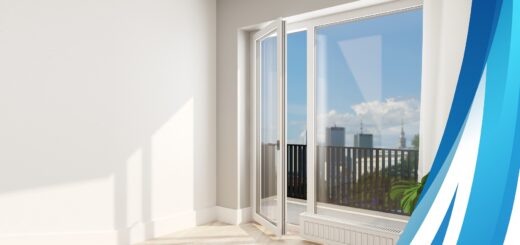A Guide to Reinforcing uPVC Windows and Doors

Windows and doors undergo stress and several environmental impacts in certain regions in the Indian subcontinent. The problems arise due to rain, storms, cold windows and harsh sunlight. They need to withstand these elements and stand strong on their own gravity. Often bars bend and shields like uPVC require reinforcement. Some profiles are weak and bend, thus creating a shortcoming for the entire system. The mechanical properties of plastics do not match up to those of steel or aluminium. There are manufacturers who create appropriate uPVC windows and doors reinforcement to bridge gaps or any other shortcomings a profile may have to endure.
VEKA, reputed German uPVC windows and doors manufacturers make profiles that match all the stress conditions. This post is a guide to reinforce the cavities to exacting European standards which work well in India. It will help fabricators, builders, contractors and architects to understand the structural nature and how it supports the frames steadily.
Important discussion points for complete guide to uPVC doors and windows:
- What is reinforcing?
- Should you go for this feature?
- Materials like steel used for reinforcement
Concept of Reinforcement
Most stakeholders, in dealing with uPVC windows and doors, think that reinforcing is an important process when an order is placed. The reasons are:
- It will strengthen the profiles when they are fully reinforced.
- They may be used to hold other structural parts.
- uPVC is not good enough unless it is 100% reinforced.
When the frames are small there is no need for reinforcing. Fabricators will not consider this point unless the outer frame is more than 450 mm in length. A uPVC profile can remain strong under this length.
However, as experienced German uPVC windows and doors manufacturers, VEKA engineers will prefer to check the building, its locations and dimensions before making any commitments. In the earlier days when uPVC came into the market the frames did not work well if they were not reinforced sufficiently. The tech-specs were barely between 50-55 mm deep with less than 2 mm wall thickness. The earlier versions had only two chambers. As time passed the profiles evolved with multiple chambers to increase thickness. It strengthens the frames to withhold stress and vagaries of the climate outside. The main supply of extruders is a minimum 70 mm profile with 3 mm wall thickness. It is a large improvement with at least 5 chambers. All over Europe they come with certification and standards like BBA, BS, CEN.
Should you go for this Feature?
If you are an architect or builder, then it is best to understand the feature before recommending it to clients. The main purpose continues to be the same: control of rate of expansion, maintain the rigidity of frames depending on the size. It may be essential for door locking mechanisms. It works well in coastal areas where the wind bearing load is indispensable. It is ideal for doors with large frameworks. Wooden frames provide immense value as the dark grainy texture and uPVC absorb heat by controlled reinforcement.
Materials like Steel used to Reinforce
As a complete guide for uPVC doors & windows, VEKA brings the necessary values associated with the reinforcement materials. Galvanised steel or aluminium is the best material as both can be made into ‘L’ or ‘U’ shapes as during welding there is no fouling or interference in the joints.
As regular suppliers, VEKA recommends not to get carried away by reinforcing. When you consult us, our technicians will provide the reasons for a correctly fabricated product. We also possess suitable reinforcements according to the needs of the building and its location.






